EM Match Advice 42: Mid Interview Season Check-In
ALiEM
JANUARY 5, 2024
Dr. Sara Krzyzaniak (podcast host and Stanford University PD) and Dr. Michelle Lin (ALiEM Founder/UCSF) are joined by Dr. Aaron Kraut (University of Wisconsin PD) in this insightful, rapid-fire, practical episode through the lens of experienced residency program directors. What does the Electronic Residency Application Service (ERAS) preliminary data show just far for the 2024 residency application season?






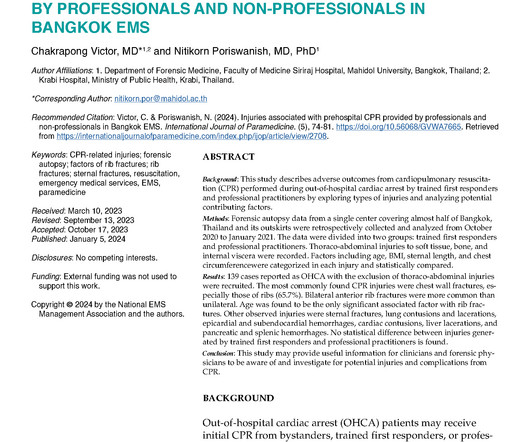
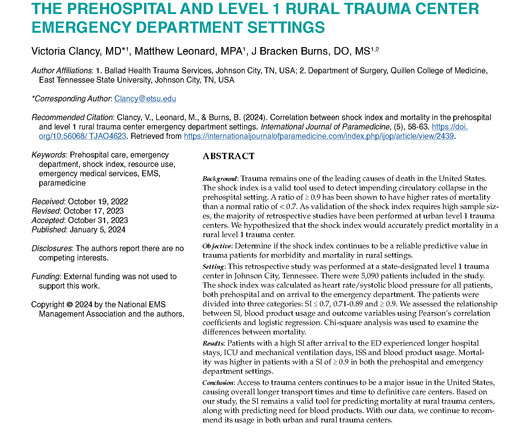

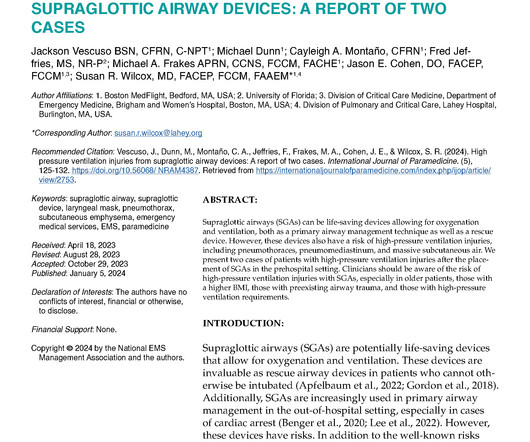
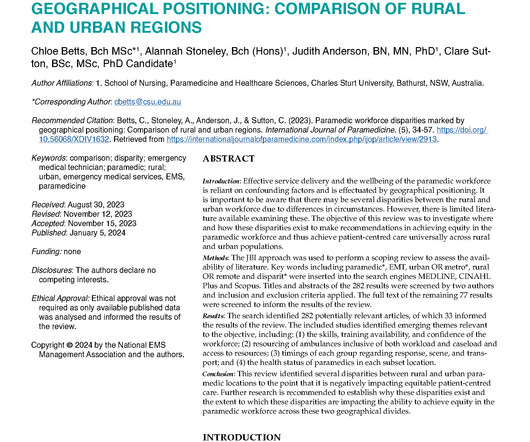
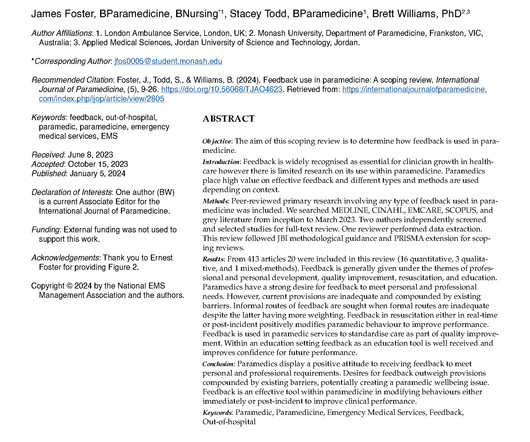

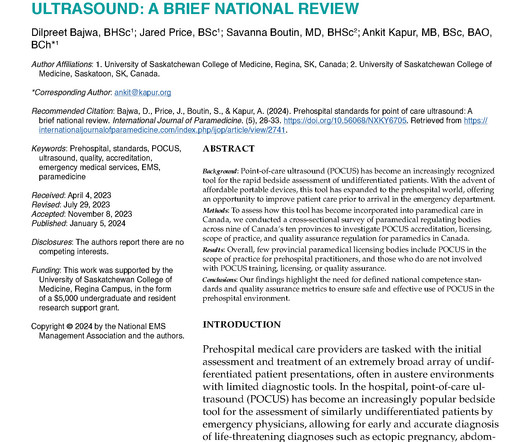







Let's personalize your content